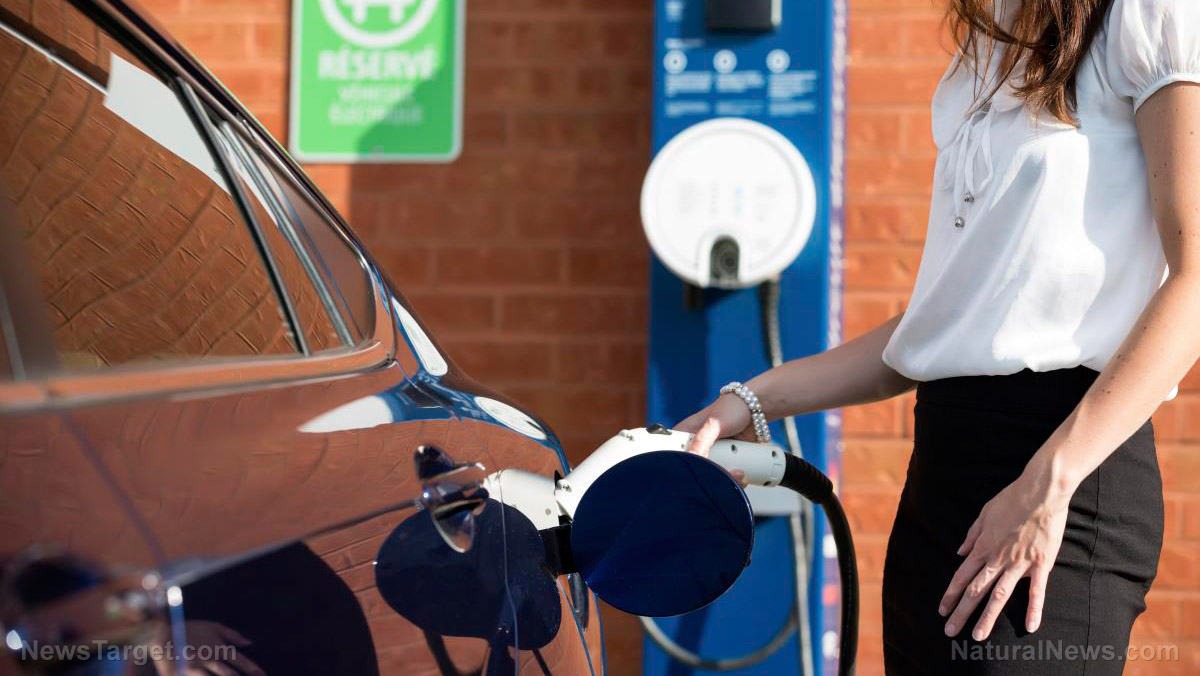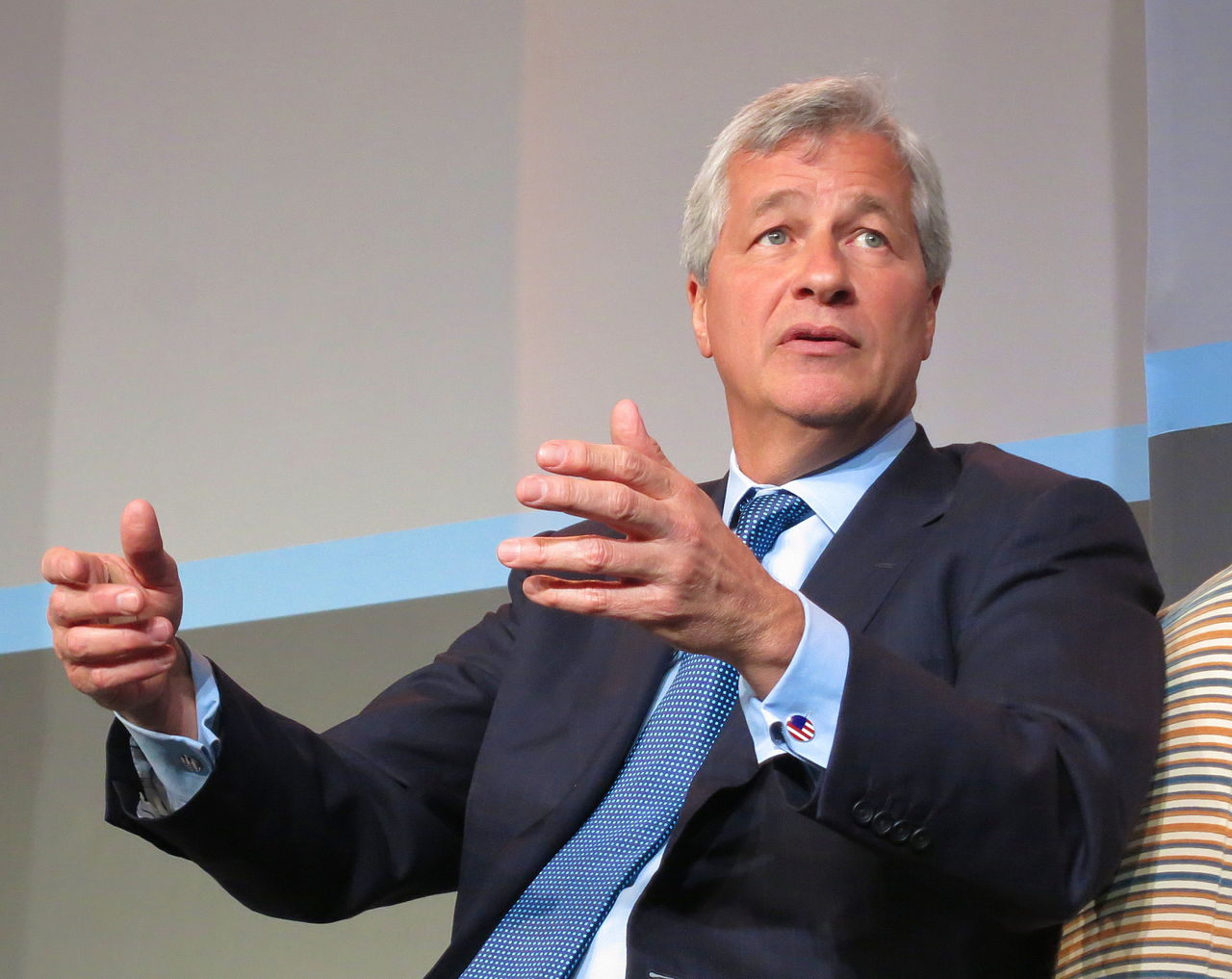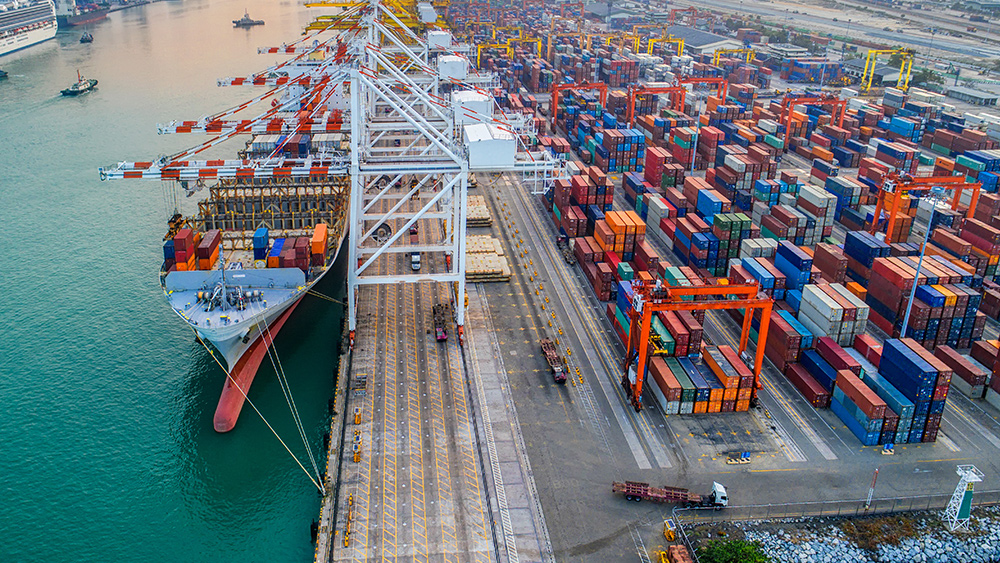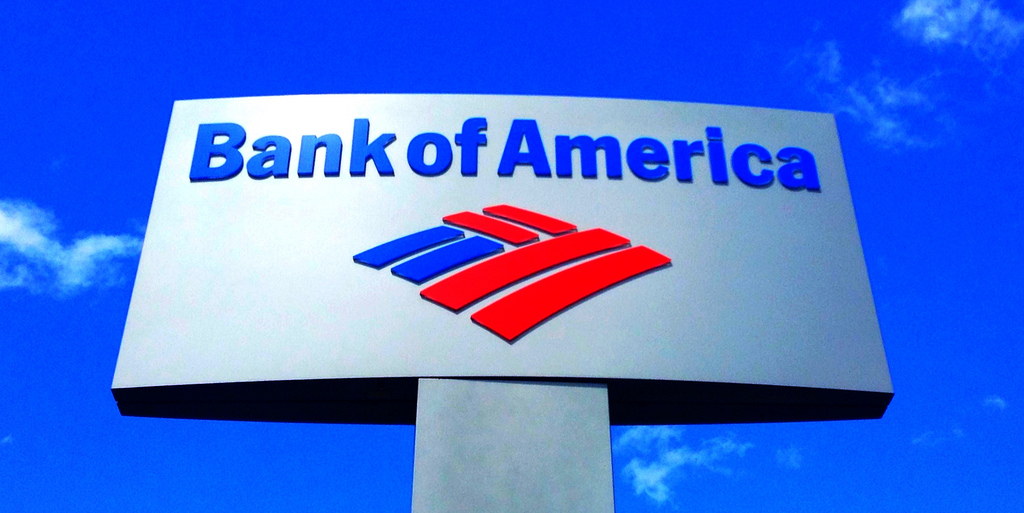Shipping cost from Asia to US West Coast drops 84% year-over-year as consumer demand plunges
10/26/2022 / By Belle Carter
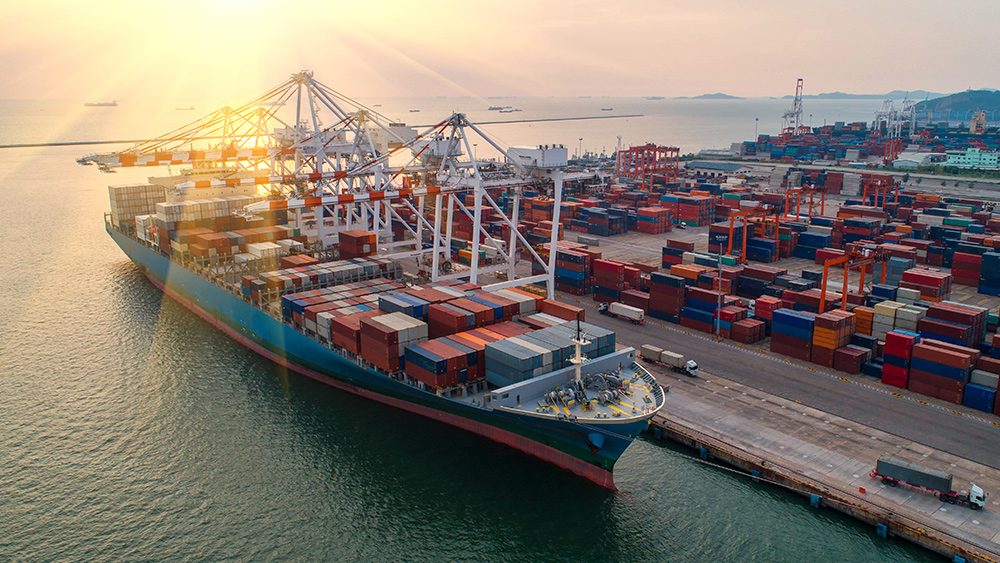
The current season is turning to be a dull one for the transportation-logistics industry as economic activities in the ports of Los Angeles and Long Beach in Southern California, the heart of U.S. supply chain congestion, began to dampen.
This led to a massive drop in the cost of shipping containers.
In September 2021, the average cost of shipping a container from Asia to the U.S. West Coast exceeded $20,000. Last week, the average cost to ship a container from Asia to the U.S. West Coast had declined 84 percent from a year earlier to $2,720.
According to Wall Street Journal, the Marine Exchange of Southern California has declared that there are no longer backlogs at the said ports and the queue of ships waiting to unload fell from a peak of 109 ships in January to only four vessels last week. (Related: Shipping rates drop 75% amid plummeting US retail demand.)
Those ports reported that together they handled 686,133 loaded import containers in September, which decreased by 18 percent from last year, the lowest level since June 2020. Also, August imports fell 12 percent from last year, a significant decrease during the traditional peak shipping season.
Moreover, supply-chain software company-owned analysis group Descartes Datamyne said container imports to the U.S. in September declined by 11 percent from a year earlier and by 12.4 percent from August. Because of the dwindling demands, shipping lines have canceled between 26 to 31 percent of their sailings across the Pacific over the coming weeks, according to Sea-Intelligence, the liner industry’s research and analysis provider.
According to Craig Fuller, CEO and Founder of freight-focused organization FreightWaves, the real reason that supply chain constraints are easing is that far fewer goods are moving through the supply chain.
“The last time that the port of L.A. handled so few loaded import containers in September was during the Great Financial Crisis,” he tweeted, referring to the severe worldwide economic crisis that occurred from 2007 to 2009.
Global economics site MishTalk reported the last positive comparison versus other years was September of 2009.
California trucking firm files for bankruptcy, closes down due to “challenging conditions”
Fuller also posted on the microblogging site that America is on the “cusp of a great purge in trucking capacity, as carriers struggle to keep up with challenging conditions.”
He cited Navarro Trucking Group, a California-based trucking company that pulled intermodal containers out of the ports of L.A. and Long Beach, to have folded and filed for Chapter 7 bankruptcy on October 13.
The firm listed assets of $500,000 to $1 million and liabilities of up to $10 million. It has up to 49 creditors and has indicated to have no more funds available for distribution to unsecured creditors after administrative fees are paid.
FreightWaves, also a global supply chain market intelligence provider, said that it is not clear why the company closed down but drayage carriers continue to be plagued by ongoing supply chain obstacles and uncertainty caused by AB5, California’s controversial independent contractor law.
The company owes several finance companies more than $1.6 million for their equipment, which includes several tractors and trailers, according to the bankruptcy filing.
Navarro’s biggest unsecured creditor is the U.S. Small Business Administration, which is owed $499,000 for a loan the trucking company received through the COVID-19 Economic Injury Disaster Loan program. The other unsecured creditors are TVT Capital in Roslyn, New York, which is owed $242,000 for a business loan, and American Express, which is owed more than $142,000.
An unsecured creditor is an individual or institution that lends money without obtaining specified assets as collateral.
Visit Collapse.news for more news related to the collapsing transportation and shipping industries in the United States.
Watch this video that talks about exploding gas prices leading to high shipping costs.
This video is from the InfoWars channel on Brighteon.com.
More related stories:
Transportation SHOCKWAVES reverberate as consumer demand plummets amid unyielding INFLATION.
Sources include:
Submit a correction >>
Tagged Under:
bubble, chaos, collapse, demand, economic collapse, economics, finance, food supply, freight, freight costs, government, inflation, interest rates, inventory, logistics, panic, politics, products, risk, shipping, shipping demands, supply chain, transportation, truckers
This article may contain statements that reflect the opinion of the author
RECENT NEWS & ARTICLES
COPYRIGHT © 2020 Debtbomb.news
All content posted on this site is protected under Free Speech. Debtbomb.news is not responsible for content written by contributing authors. The information on this site is provided for educational and entertainment purposes only. It is not intended as a substitute for professional advice of any kind. Debtbomb.news assumes no responsibility for the use or misuse of this material. All trademarks, registered trademarks and service marks mentioned on this site are the property of their respective owners.










